Advantage Beef Programme
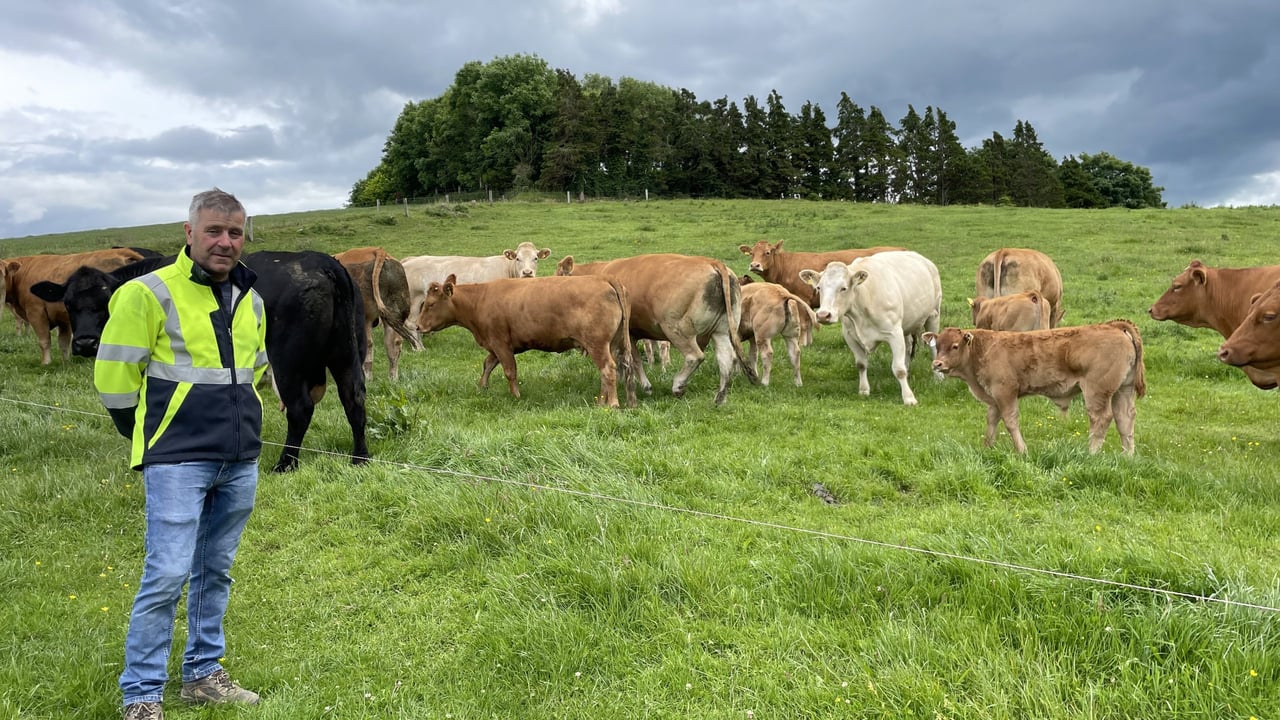
Agriland recently paid a visit to the farm to hear why the farmer has made the decision to begin finishing more of his cattle.
Paraic was originally suckler farming and selling his weanlings. He had been considering changing his farming system and was also considering adding dairy-beef.
He contacted his local ABP Food Group Advantage Beef Programme farm liaison officer Oisin Lynch for advice.

The farmer explained: "I had no experience finishing cattle whatsoever and I relied on the advice from Oisin on what way I'd go about it and what to do. I took his advice and we went from there."
Paraic is also busy off-farm managing his own company Envirostar Ltd.
He opted to reduce the number of suckler cows on the farm and add the dairy-beef system to the enterprise.
He said: "I tried dairy-calf-to-beef for the first year in spring 2022. That was the first year of the Advantage Beef Programme. I finished my first suckler-bred cattle through the programme that year and they killed out exceptionally well."
All prime cattle slaughtered on the farm qualify for the Advantage Beef Programme's 20c/kg sustainability bonus.
The suckler enterprise
Paraic reduced his suckler cow numbers from over 30 to just over 25. He breeds his replacement heifers to an artificial insemination (AI) Angus bull and a Limousin stock bull is used on the mature cows.
He said: "I AI any cows and heifers that come into heat in the shed during winter housing.
"Any replacement heifers not in calf when going to grass are synchronised and get an AI Angus bull on their silent heat."
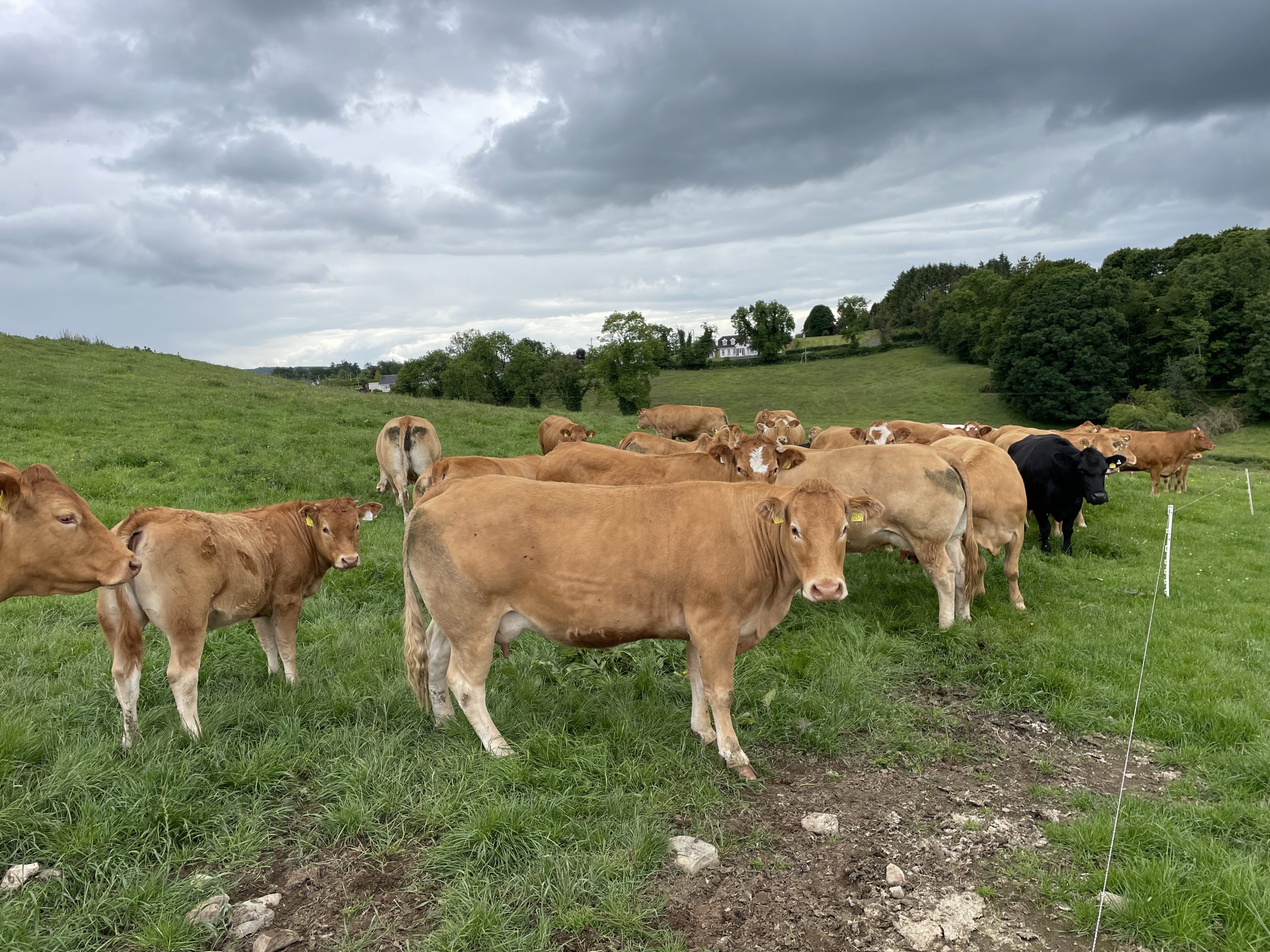
There are both autumn and spring-calving cows in the herd and the aim is to produce all 'U' grade suckler progeny with the exception of the replacement heifers' first calf.
The farmer said: "I try get them out to grass in February and often put jackets on the calves. I try not to rehouse them once they go out unless my back is to the wall."
Bull calves are currently sold as weanlings and heifer calves not being used as replacements are finished through the Advantage Beef Programme along with the dairy-beef cattle.
Dairy calf to beef
This year, the farm is also rearing 22 Angus bull and heifer calves. These calves are sourced direct from a neighbouring dairy farmer and bull calves are finished as steers.
ABP's Oisin Lynch - who was also present on the day - explained to Agriland: "What initiated this was the ABP dairy beef pilot programme ,where AI straws from suitable beef-breed sires were supplied free of charge to dairy farmers producing dairy-beef calves for Advantage Beef Programme beef suppliers.
"These straws were to be used on a specific dairy cow type."

Paraic explained that the initiative was successful and each year, the dairy farmer, the ABP farm liaison officer and himself meet to agree on suitable beef sires and cow types to be used for producing Paraic's dairy-beef calves for the following year.
Paraic said: "I take note of the breeding of my best calves each year and look for more calves of these genetics."

Calves are on milk replacer for a total of 12 weeks and receive 1.8 bags of milk powder/calf on average. Calves are fed 1kg/head/day of a calf ration at grass, which is fed half in the morning and half in the evening.
Reseeding
One of the key areas Paraic focused on when switching to finishing more of his cattle was grass quality. Every year, he tries to reseed an area of the farm and focuses on paddock-grazing, with fresh grass available to cattle at all times.
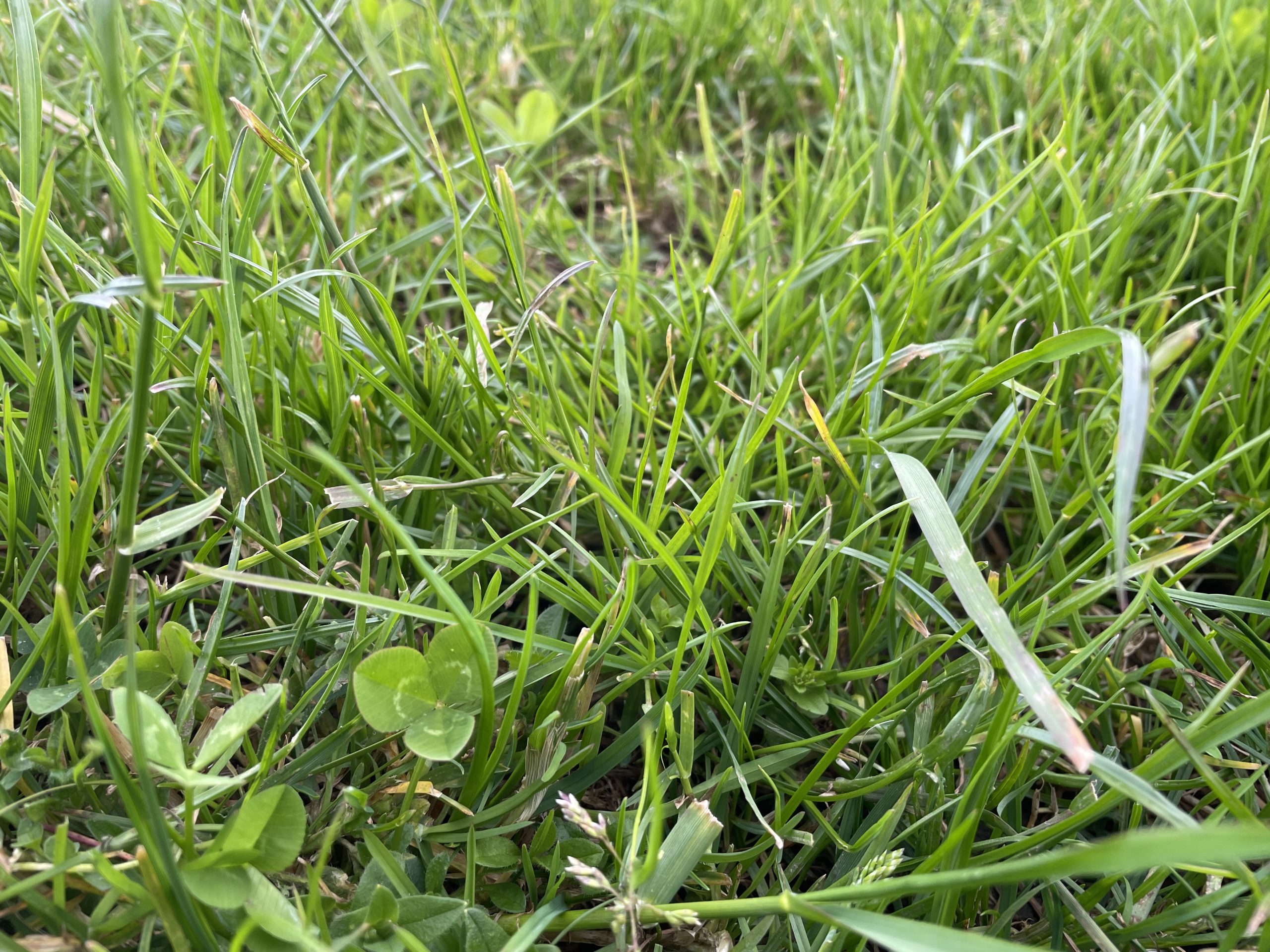
"The mix I generally use is 14kg/ac, which is 10kg of grass seed, 2kg white clover seed and 2kg red clover seed."
He also has placed more focus on making better quality silage with the aim of cutting paddocks within six weeks of closing them.
Future plans
Paraic is happy with the performance of both his dairy-beef and suckler systems.
The Advantage Beef Programme price bonus is beneficial to both his suckler and dairy-beef progeny. While the Angus cattle also get a breed bonus, his continental suckler-bred progeny benefit on price from higher carcass weights and better grades.
Commenting on the system, ABP's Oisin Lynch said: "We are delighted to be working with farmers like Paraic and the performance of his dairy-beef and suckler-bred progeny is excellent.

"It is a good farm of land here, but the way it is managed with reseeding and paddock grazing is evident in the performance of his beef cattle.
"Looking at the cattle here today and they are as good of stock as you would see on any farm in the country."
The average carcass weight for the 2023-born dairy-beef steers on the farm was 372kg and 319kg for the heifers. These were a mix of Belgian Blue, Speckle Park, and Angus-sired cattle, and were slaughtered at 19-23 months-of-age.
"This is an exceptional performance for any dairy-beef farmer - let alone a farmer that is new to rearing dairy-beef cattle," Lynch emphasised.
"All of Paraic's prime cattle qualify for our advantage price bonus and the beef from these cattle is perfectly suited to supply our key markets.
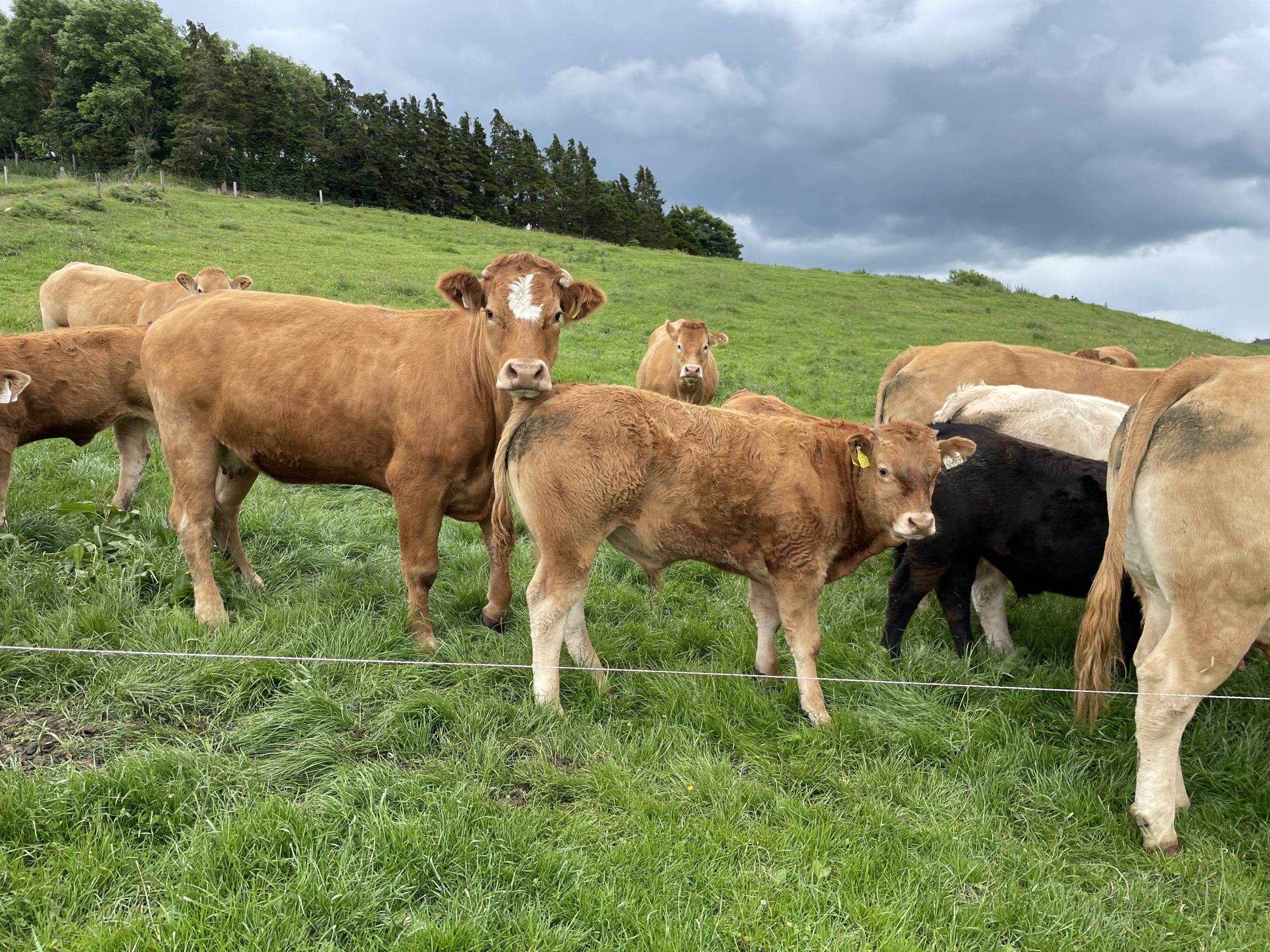
Oisin said Paraic is utilising the advice available to him, which "is plain to be seen in the thrive his cattle are doing".
Paraic added: "It is important we work together and that I do what Oisin wants and it's paying me to do it. That way it suits everyone and it's in my advantage and his interest."
"If I put as much as I can into it, I want to be rewarded and to have what the processor wants."
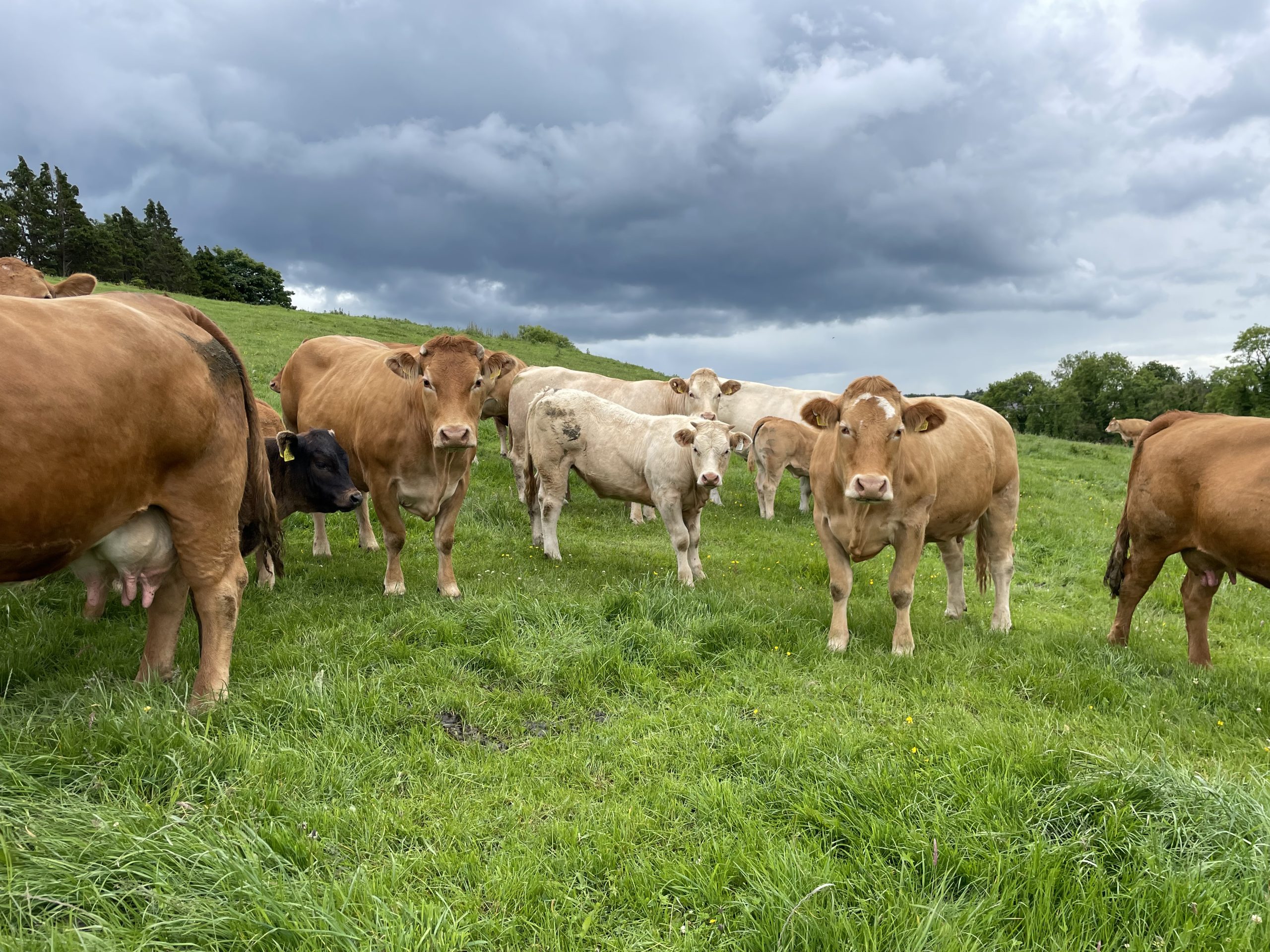
The beef farmer is seeing the benefit of working with his dairy farmer calf supplier to ensure he is getting the type of calf needed for his dairy-beef system.
He said: "It's not unmanageable if you sit down and talk and work out a plan which we're doing. We're all doing. Us with the dairy farmer, me with Oisin and everyone knows where we're going."